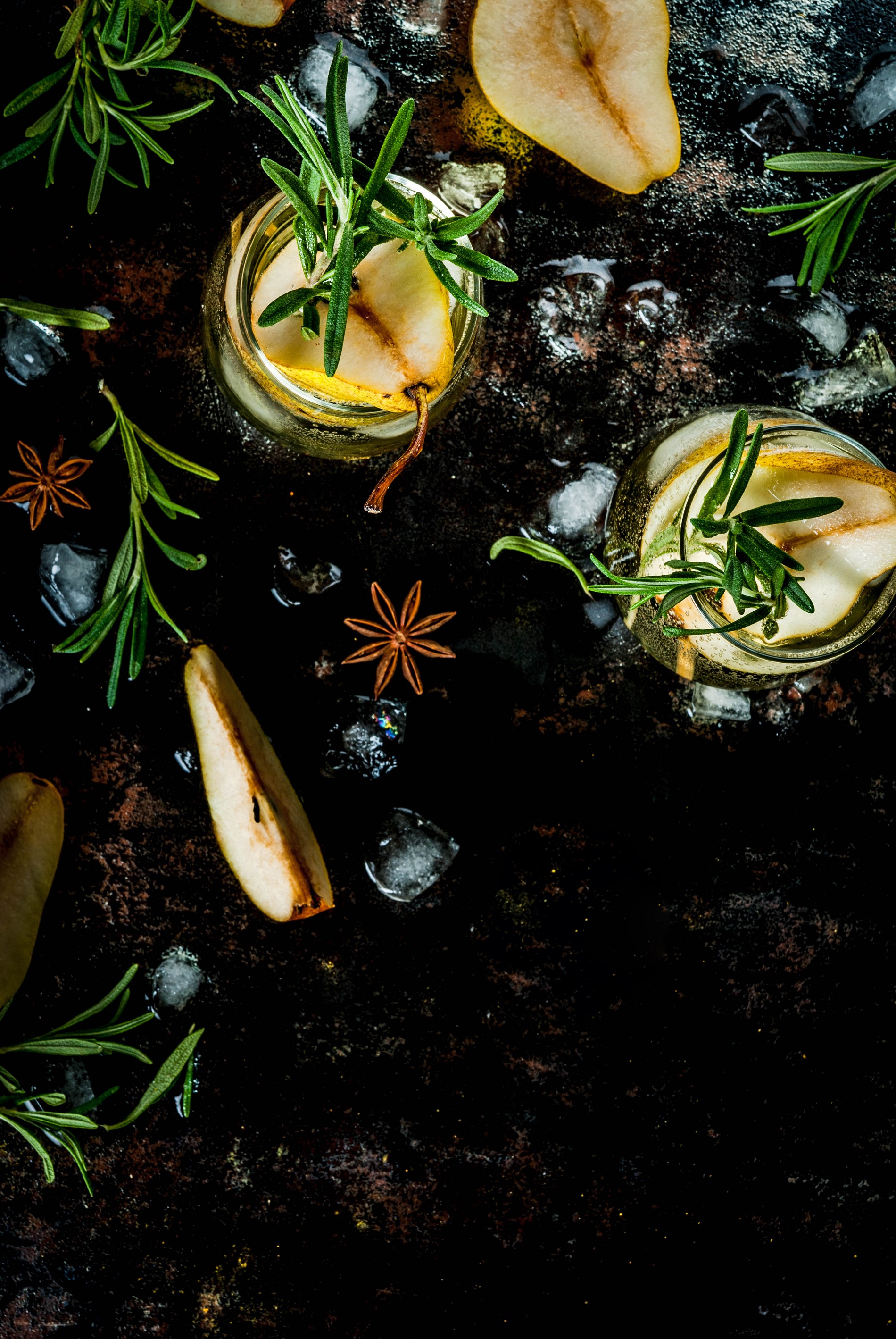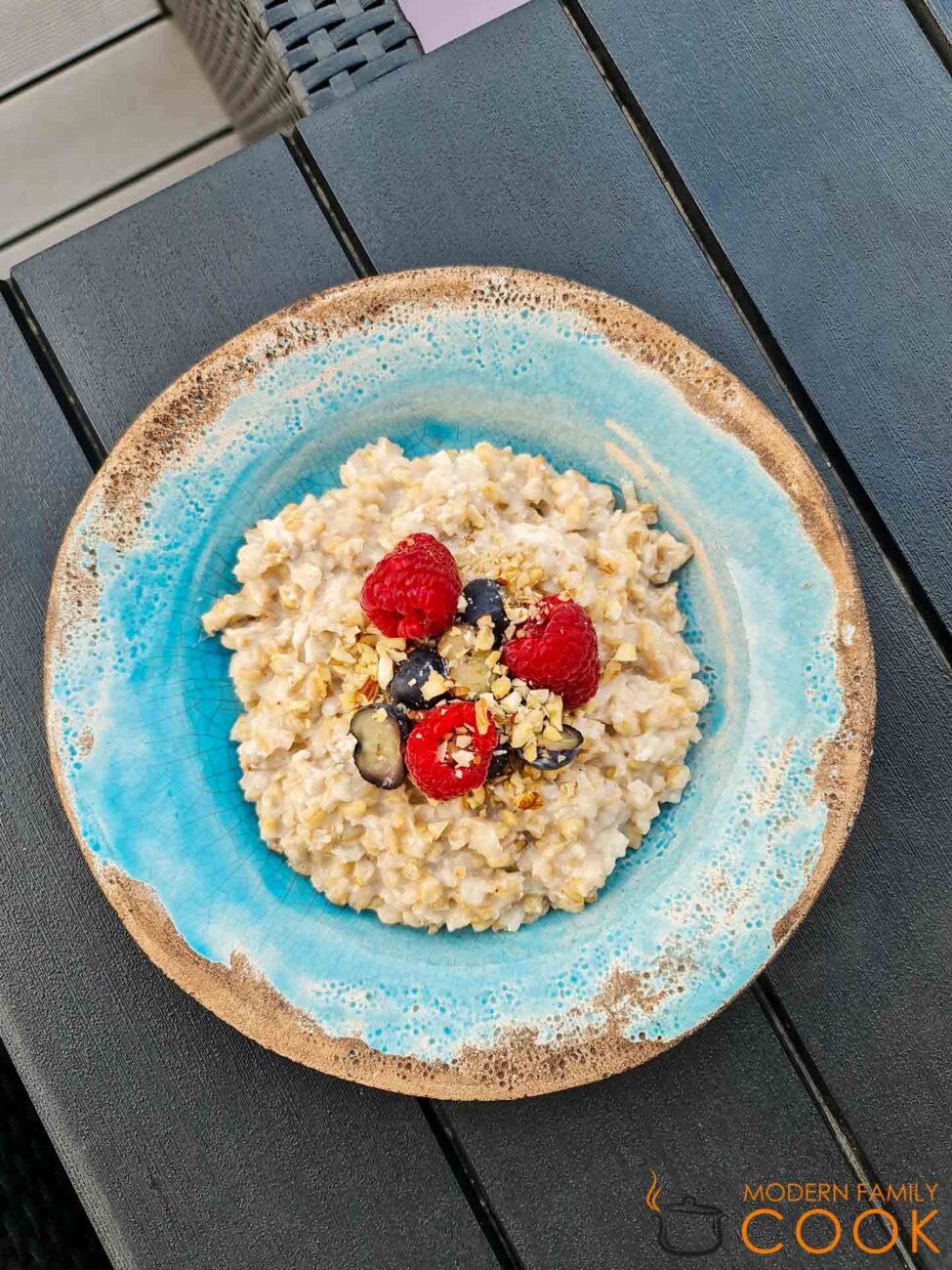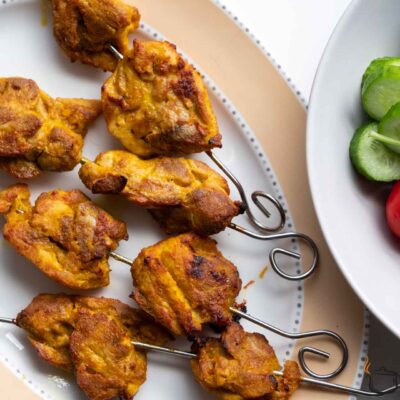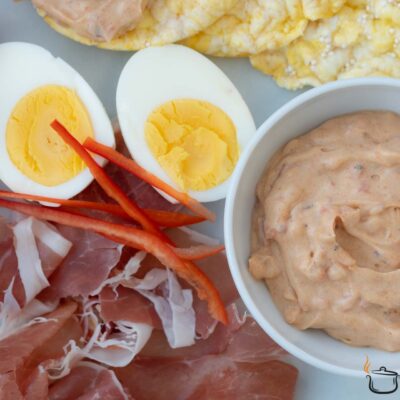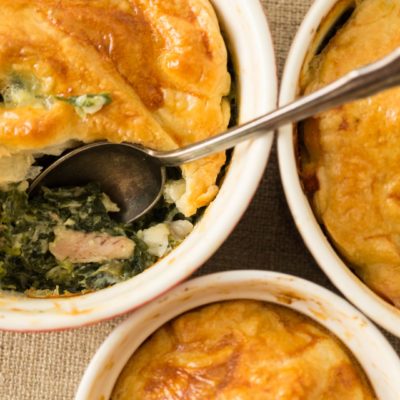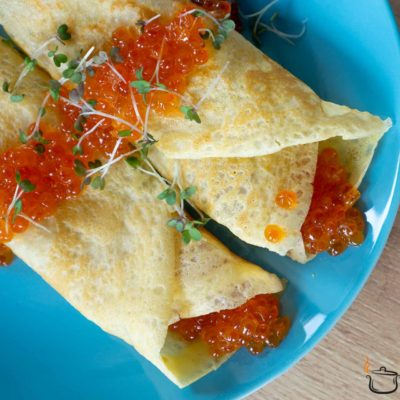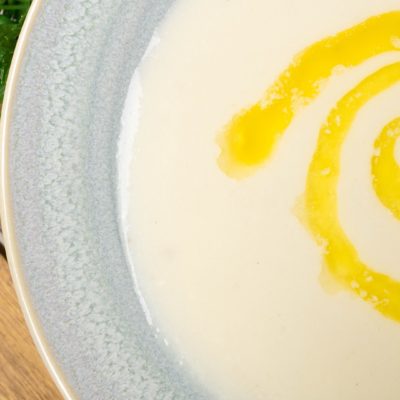Ingredients
-
SOAKING:
-
180 g of Whole grain oats
-
Water
-
2 tbsp. of Apple vinegar
-
Porridge:
-
250 g of Coconut milkFull fat coconut milk
-
700 ml of WaterLess or more to your liking
-
a pinch of Salt
-
1 tbsp. of Coconut oil
-
Garnish:
-
Berries
-
WalnutNut mix
Directions
I have a complicated relationship with oats and grains in general. Grains that contain gluten (for me) are not an option at all, but gluten-free ones like buckwheat, millet, quinoa, and amaranth appear in my diet very occasionally as part of a healthy diet.
But oats are somewhere in the middle. It has protein, avenin and is also in the gluten group but it does not cause an inflammatory reaction in everyone. But for some, it does cause a reaction. That’s why you need to be careful with it and know exactly what segment you’re in. Also, buy oats with a gluten free label, which is technically incorrect but will mean that they were not grown or processed at the same place as the wheat.
So, if you’re okay with all the above, a healthy option for eating oats is only if it’s the whole form (it can also be chopped or crushed, but I prefer minimal processing, just peeled whole grains). All options for further industrial processing to speed up cooking turn oats into fast carbs. That is, muesli, porridge and granola from cereal are closer to cakes and buns than to a healthy breakfast – alas and ah:)
So, the following is all about whole oats!
Whole oats have a good mineral content (Mg, K, P, Fe and Cu), enough protein (11 g per 100 g) and they contain B vitamins.
However, that’s not why you should include whole oats (occasionally!) in your diet. Its main charm is fiber.
Beta-glucans. You’ve probably heard of them by now. It is a soluble fiber found in oats and proven to reduce bad cholesterol. Forming a gel-like mass in contact with water, beta-glucans bind cholesterol in the intestines and prevent it from being absorbed back into the blood. That’s why (in the absence of a reaction) I recommend whole oat porridge to my customers to improve their cholesterol profile.
Let’s make some delicious and healthy porridge!
Bon Appétit!
Today's visits: 1.
Steps
|
1
Done
|
SOAKINGFor all options, the first step is to soak the oats. In this way, we take out of it the antinutrients, which can interfere with the absorption of useful substances. Fill oats with water for 2 to 3 cm above, add 2 tbsp of apple cider vinegar or lemon juice and leave on the table for at least 5 to 7 hours, or you can do it overnight. |
|
2
Done
|
SLOW COOKERLet me tell you right away that the easiest way to cook oatmeal porridge is in a multicooker or slow cooker (my version). In this case, there is no hassle at all, you pour it in the evening and have a hot breakfast in the morning. You can also do it on the stove, but it would be a hassle because it takes a long time to cook the oats. |
|
3
Done
|
MULTICOOKERLook at the instructions for your model, but the general principle is as follows: put all the ingredients in a slow cooker, stir and cook in the Porridge mode or stew for 1.5 hours, then the porridge will be kept warm until morning. |
|
4
Done
|
ON THE STOVEFirst, put everything except the coconut milk and cook until tender, about 1.5 hours, making sure it does not stick. Stir and add more moisture, if necessary. Then pour the coconut milk in and cook for another 30 minutes or simmer in the oven at 120 to 150 degrees. |
|
5
Done
|
Serve with chopped nuts and berries. |
